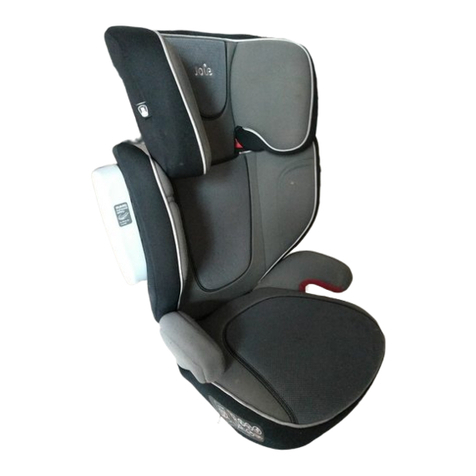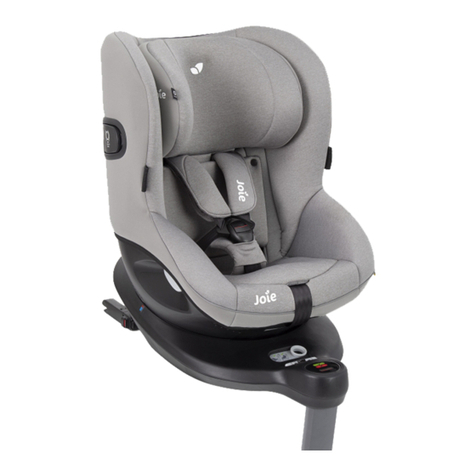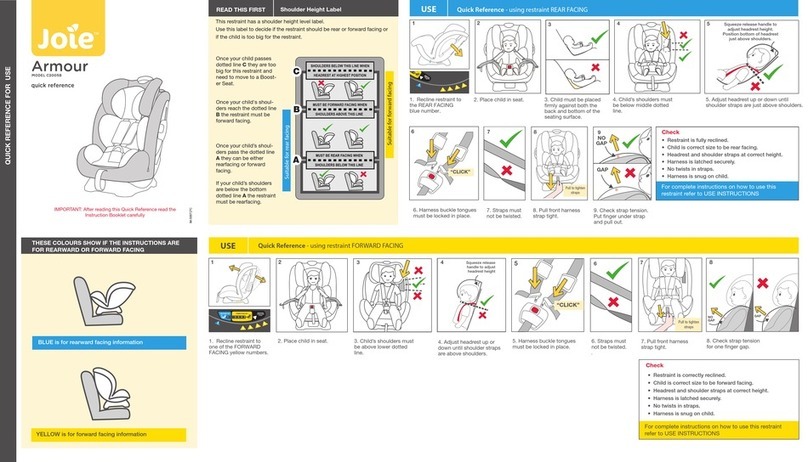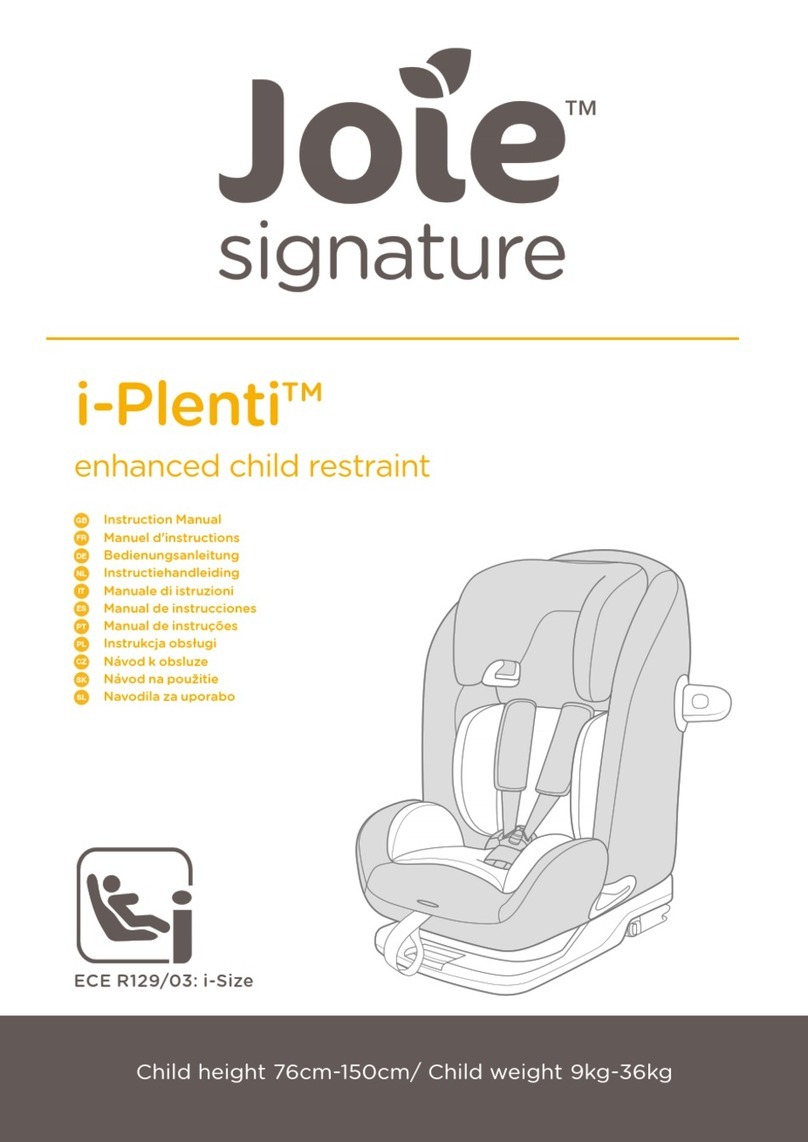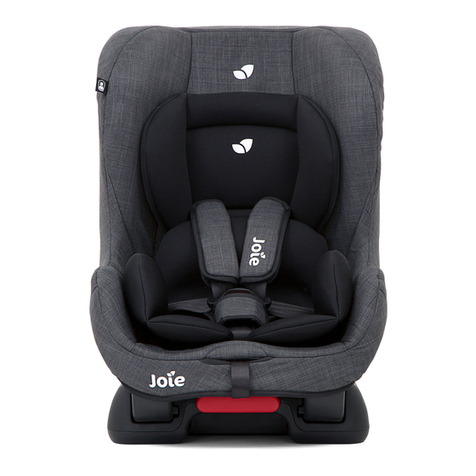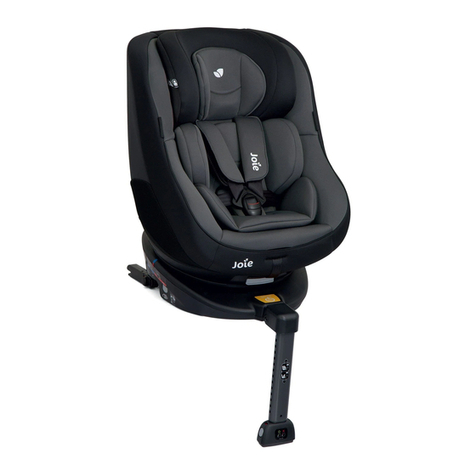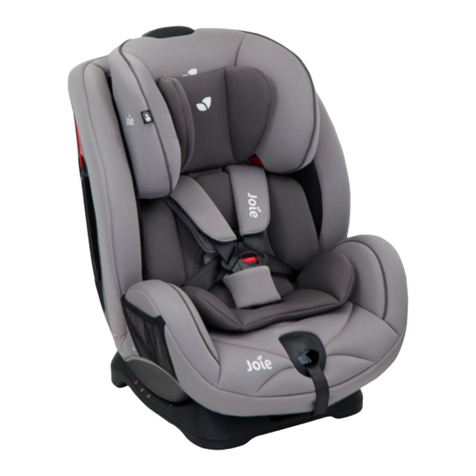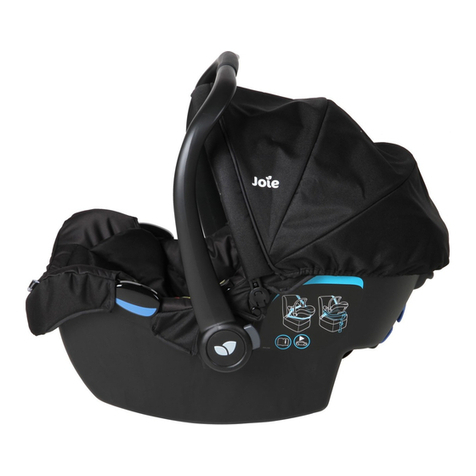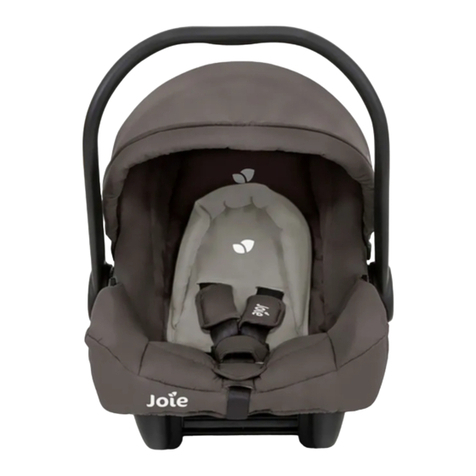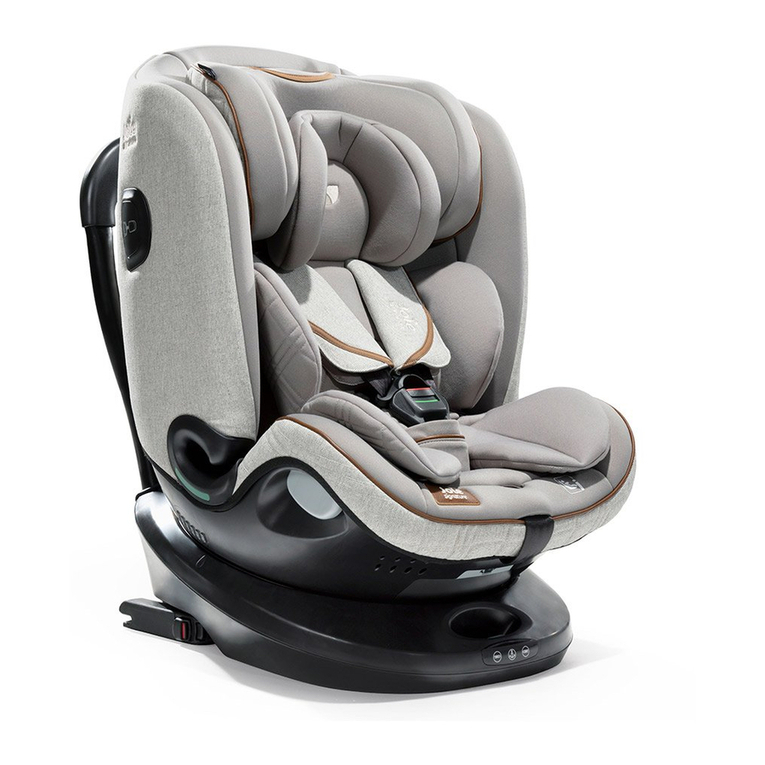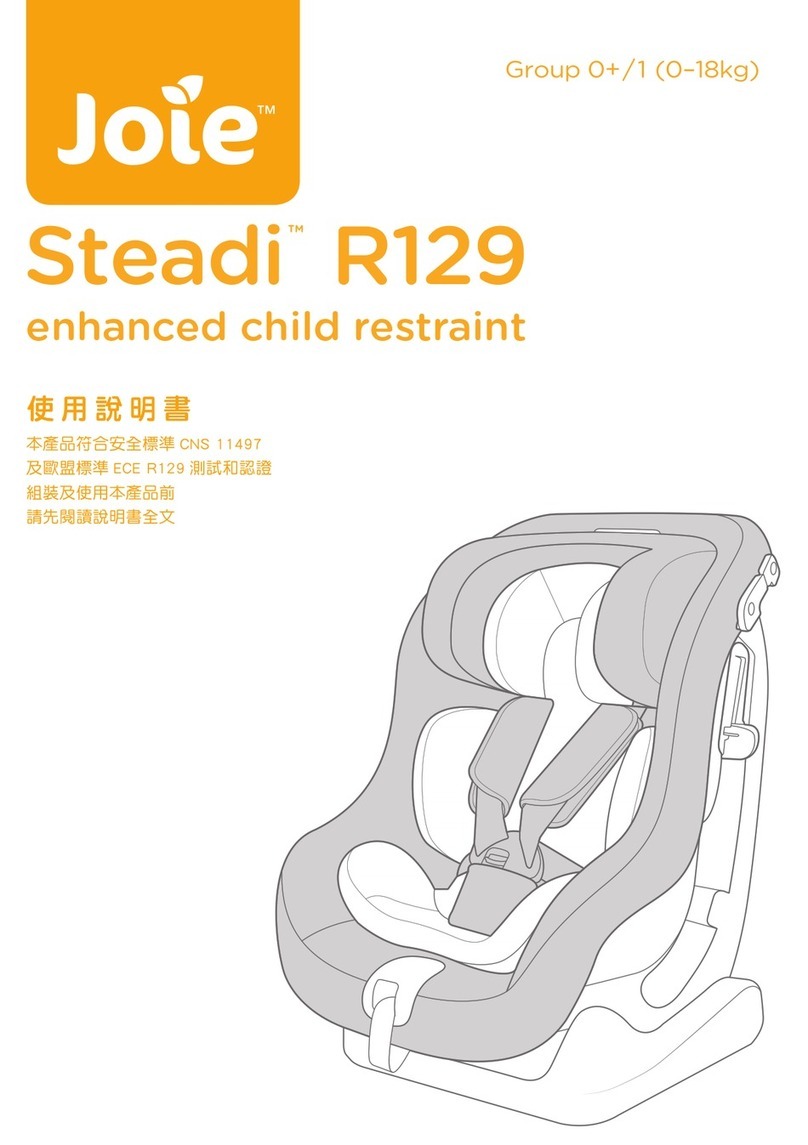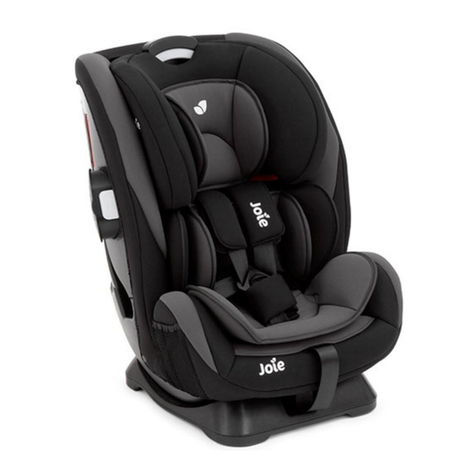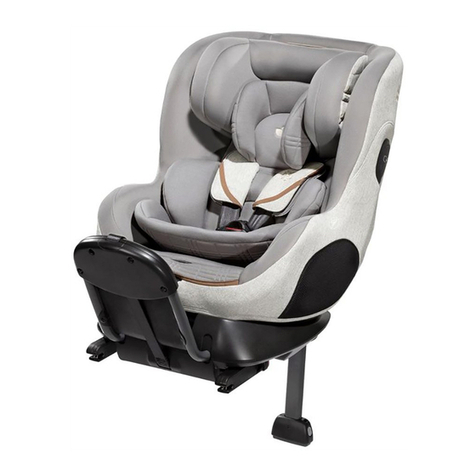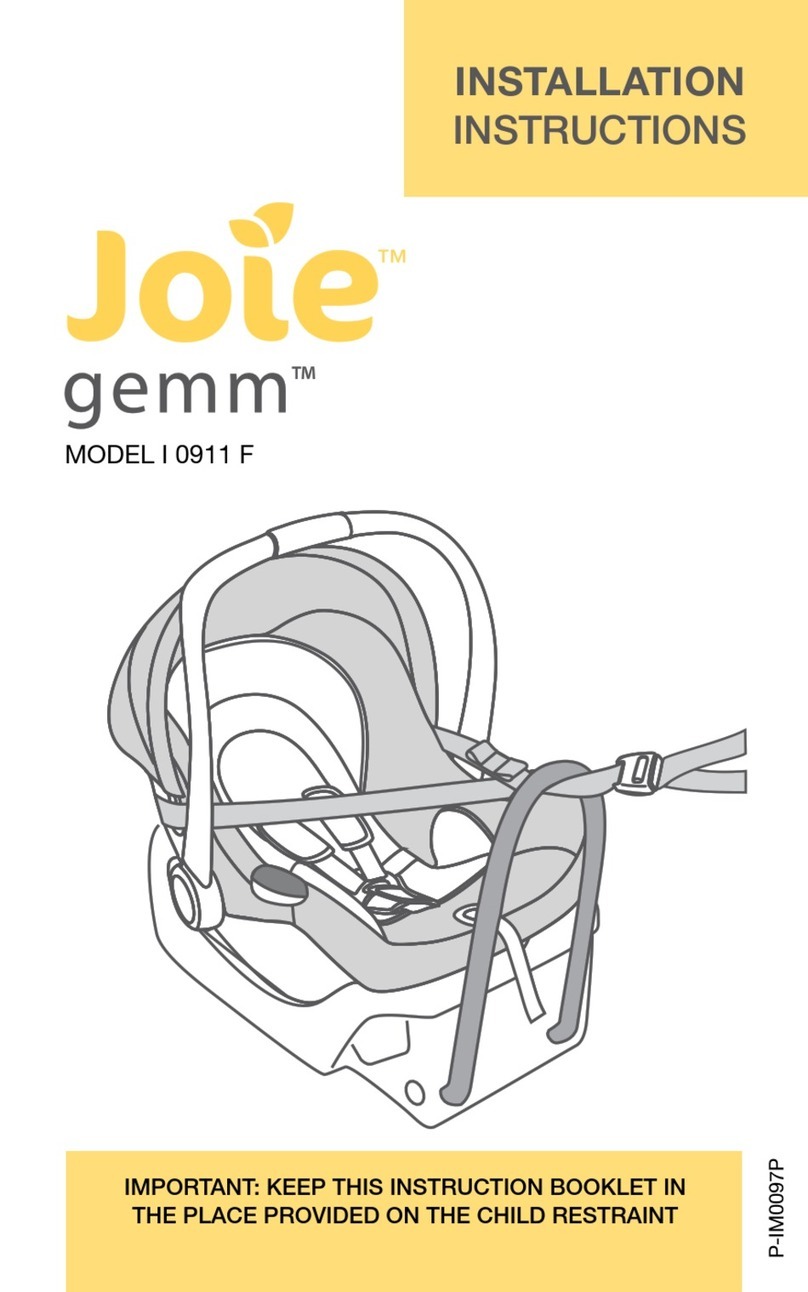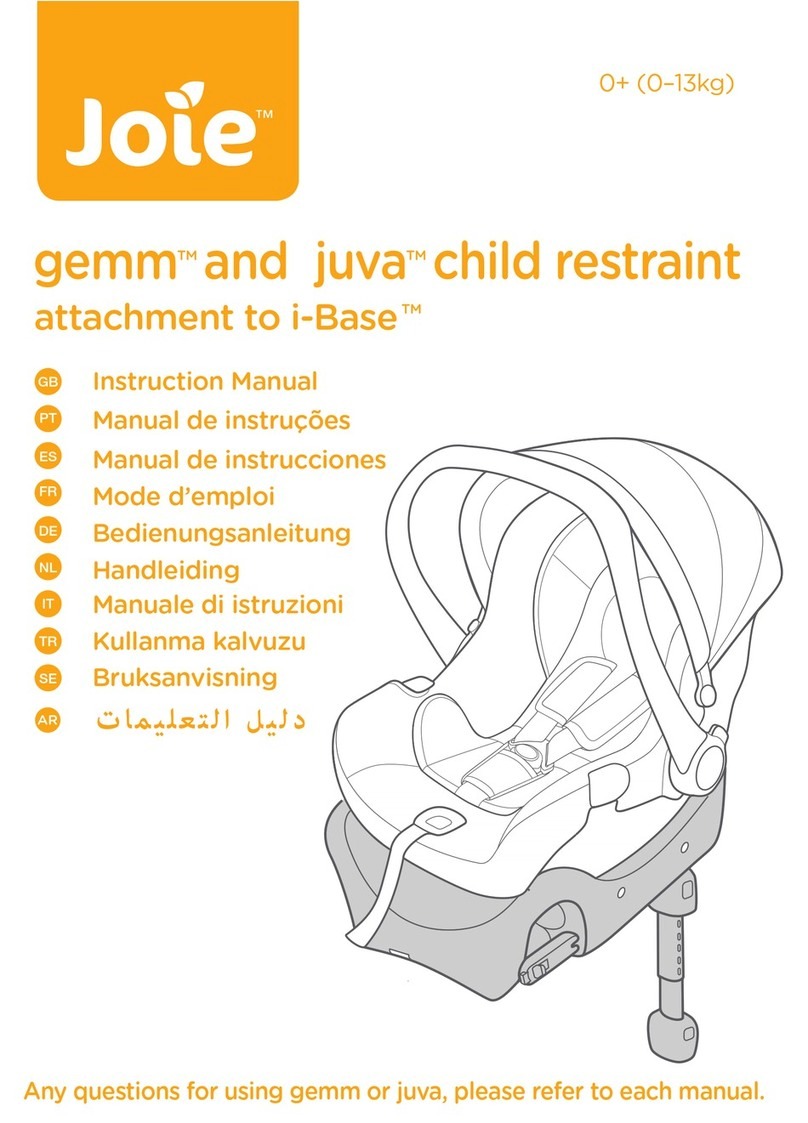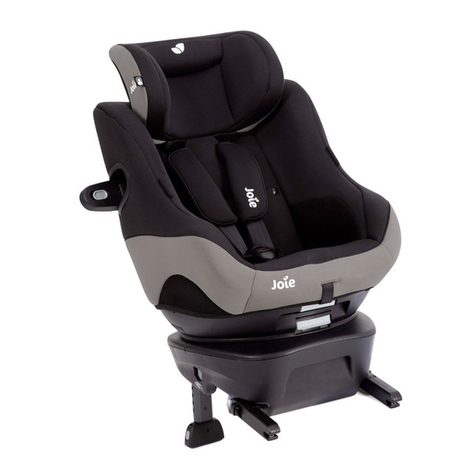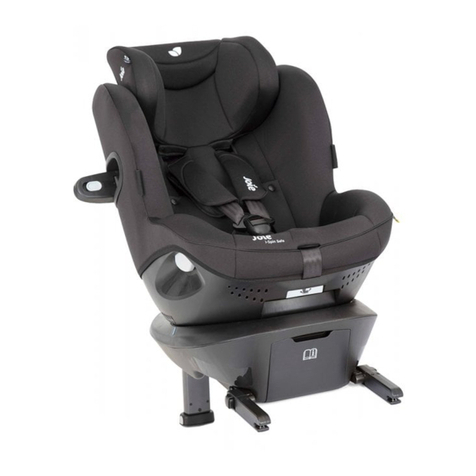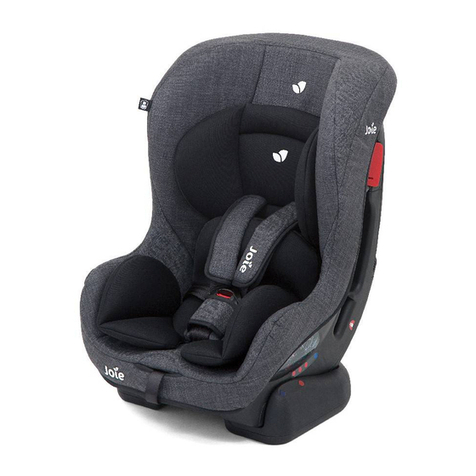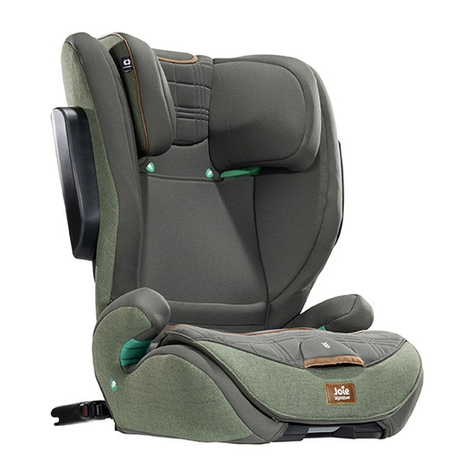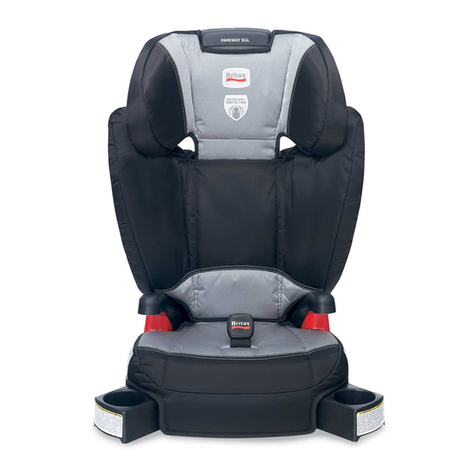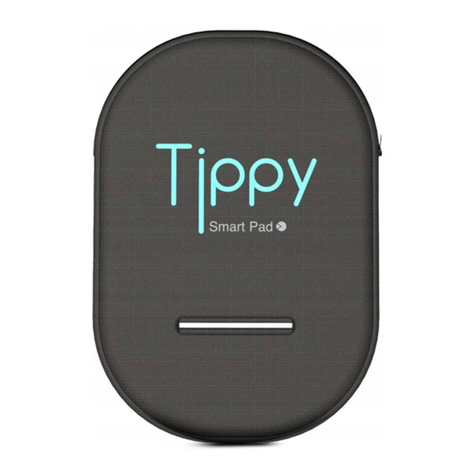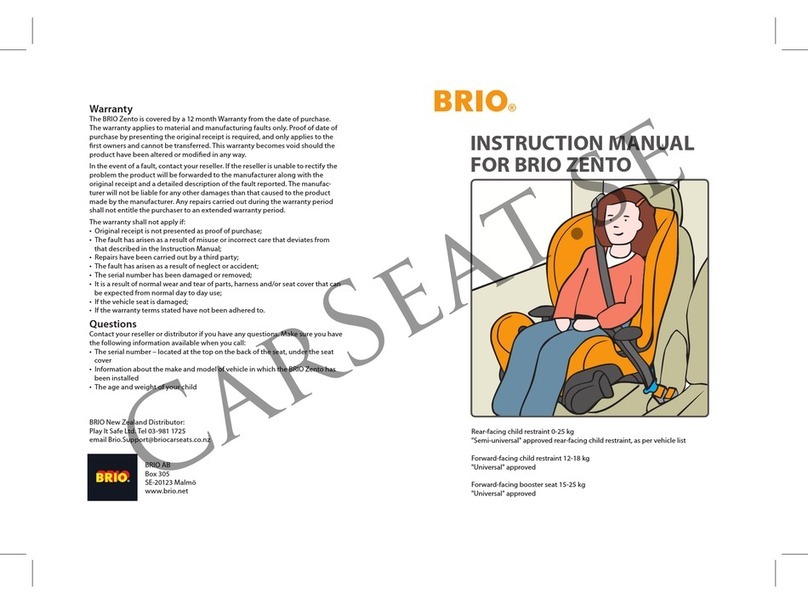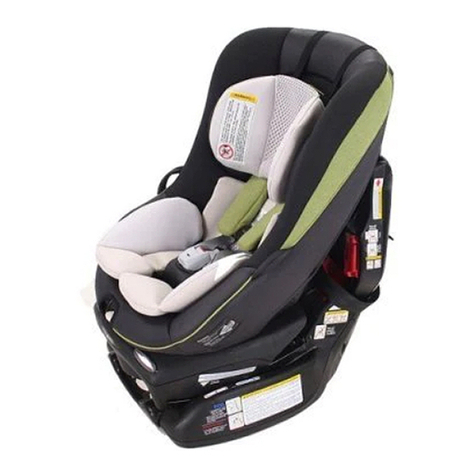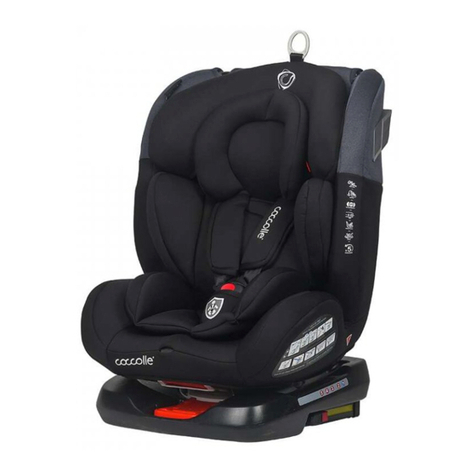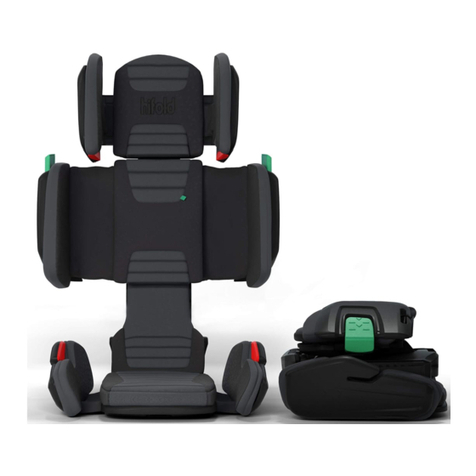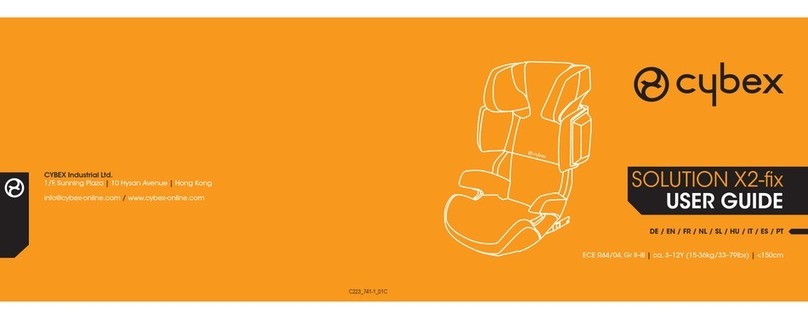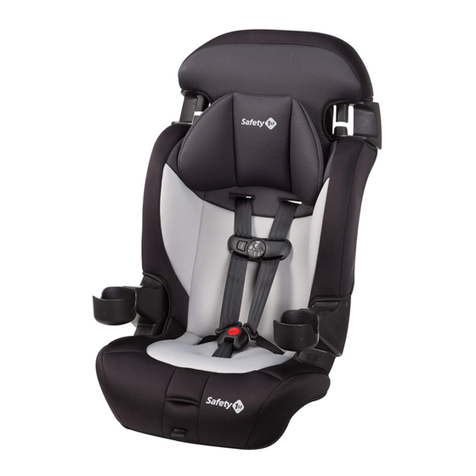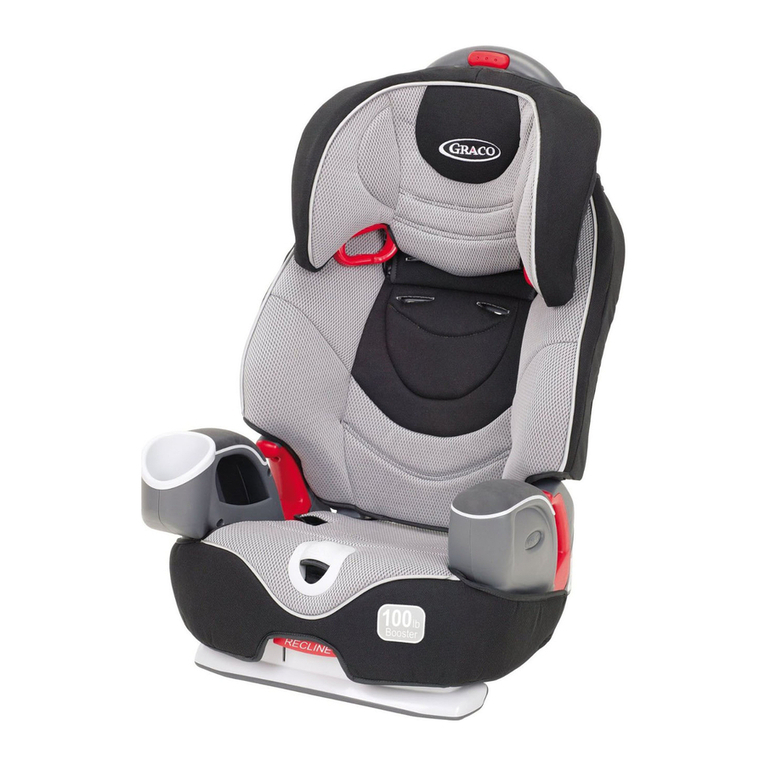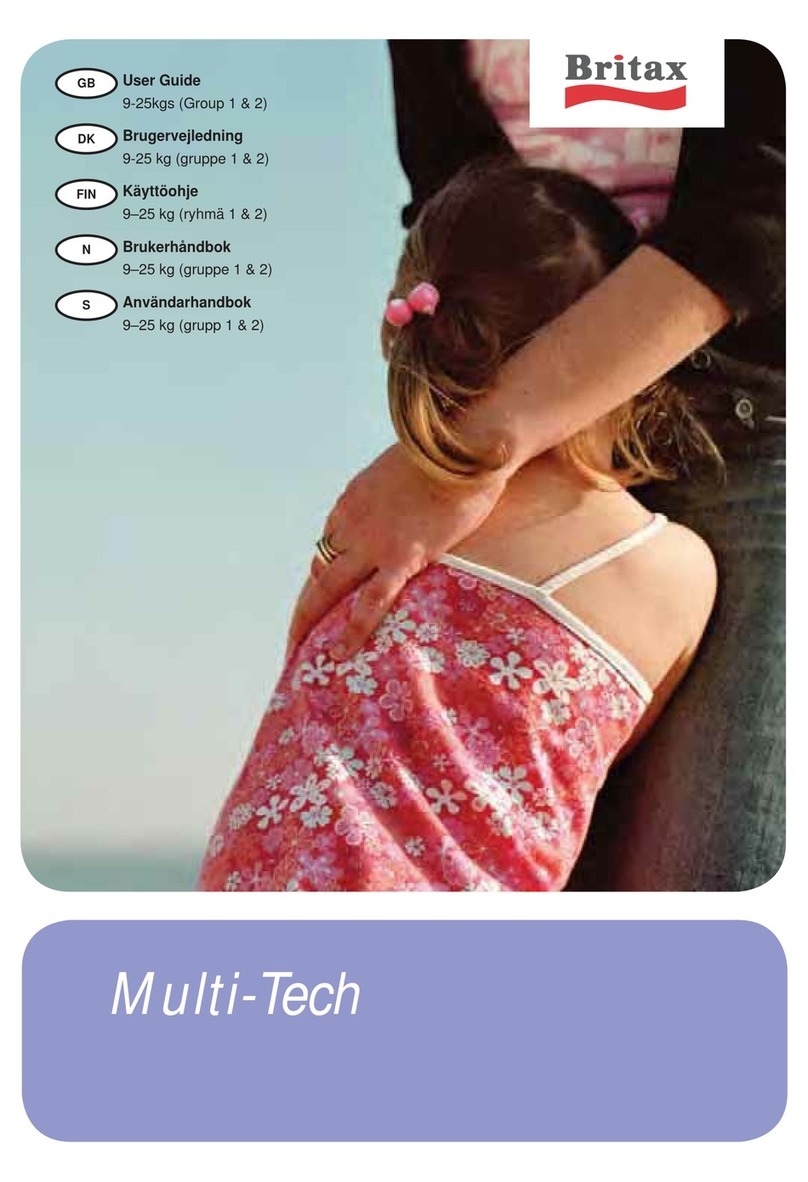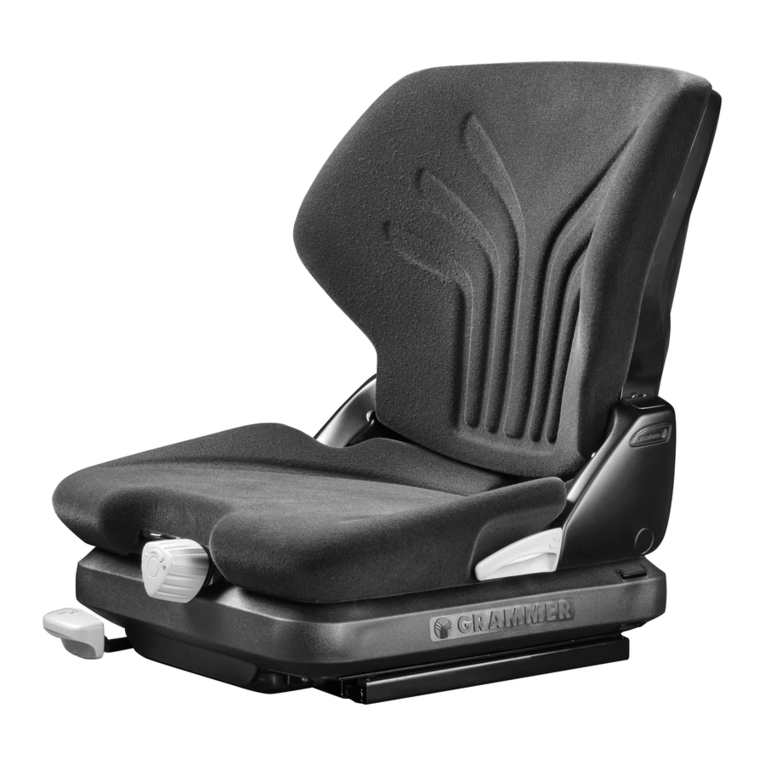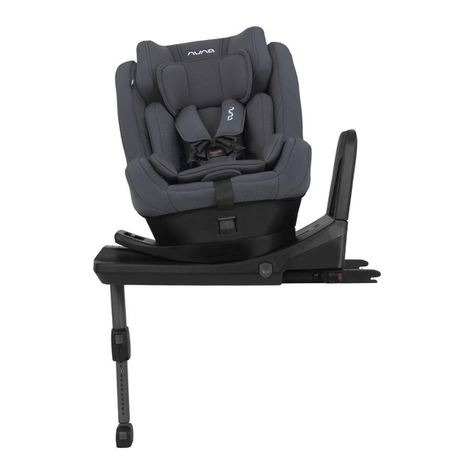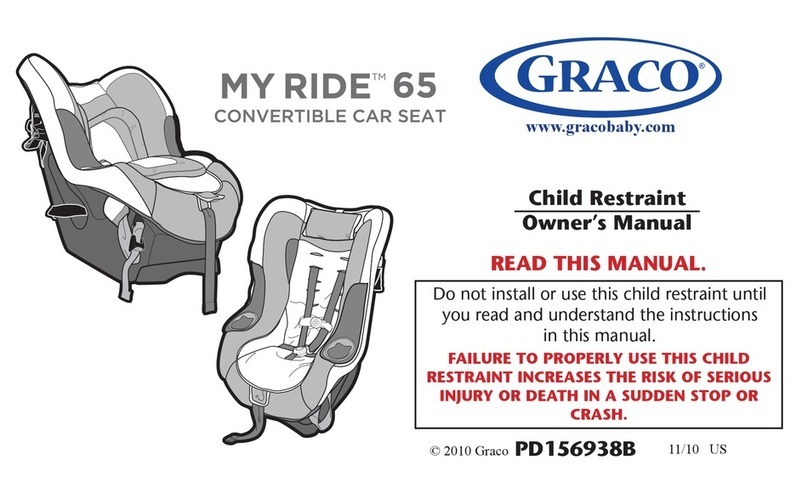
1
INSTALLATION
DO NOT USE THIS CHILD RESTRAINT UNTIL YOU HAVE
READ AND UNDERSTOOD THE INSTRUCTIONS IN THIS
USER GUIDE AND IN YOUR VEHICLE OWNERS MANUAL
Quick Reference .............................................................. 2
WARNINGS .................................................................... 3
Additional Warnings ................................................ 4 & 5
Features .......................................................................... 6
Installation - General ................................................. 7 & 8
Installation - Vehicle Belts ........................................ 9 &10
Checklist - Vehicle Belt Installation .............................. 11
Installation - ISOFIX Compatible Connectors ..........12 –15
Checklist - ISOFIX Installation ......................................16
Fitting Restraint to Base.................................................17
WARNINGS – Tether Strap ............................................18
How to use the Tether Strap ................................... 19 - 21
Checklist - Tether Strap .............................................. 22
Installation – Tether Anchorage............................... 23 - 25
Use with Strollers .......................................................... 26
Cleaning and Maintenance ........................................... 27
Contents
Keep these Instructions for future reference.
Distributed by Nuna Baby Australia Pty Ltd
ACN: 642 240 140
Unit 1, 35 Lyn Parade Prestons,
NSW Australia 2170
For after-sales & warranty service, contact:
1800 951 070
customerservice@nunababy.com.au
This Child Restraint is suitable for children up to approxi-
mately 12 months of age.
Before installation and use of this child restraint check that
it is suitable for the size of your child.
See pages 7 & 8 of the USE Instructions for more informa-
tion.
This is a rear facing child
restraint. Do not face
forward.

